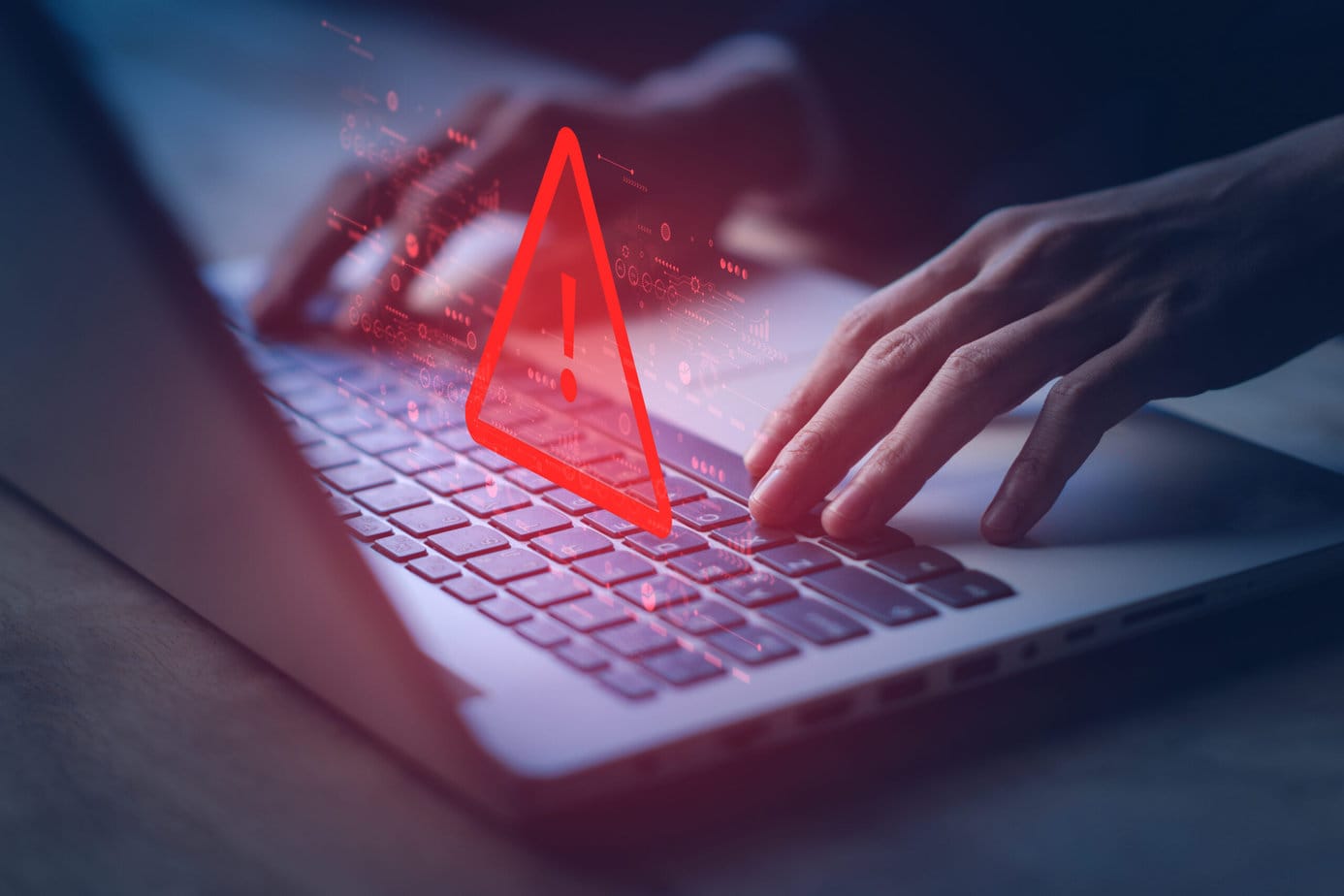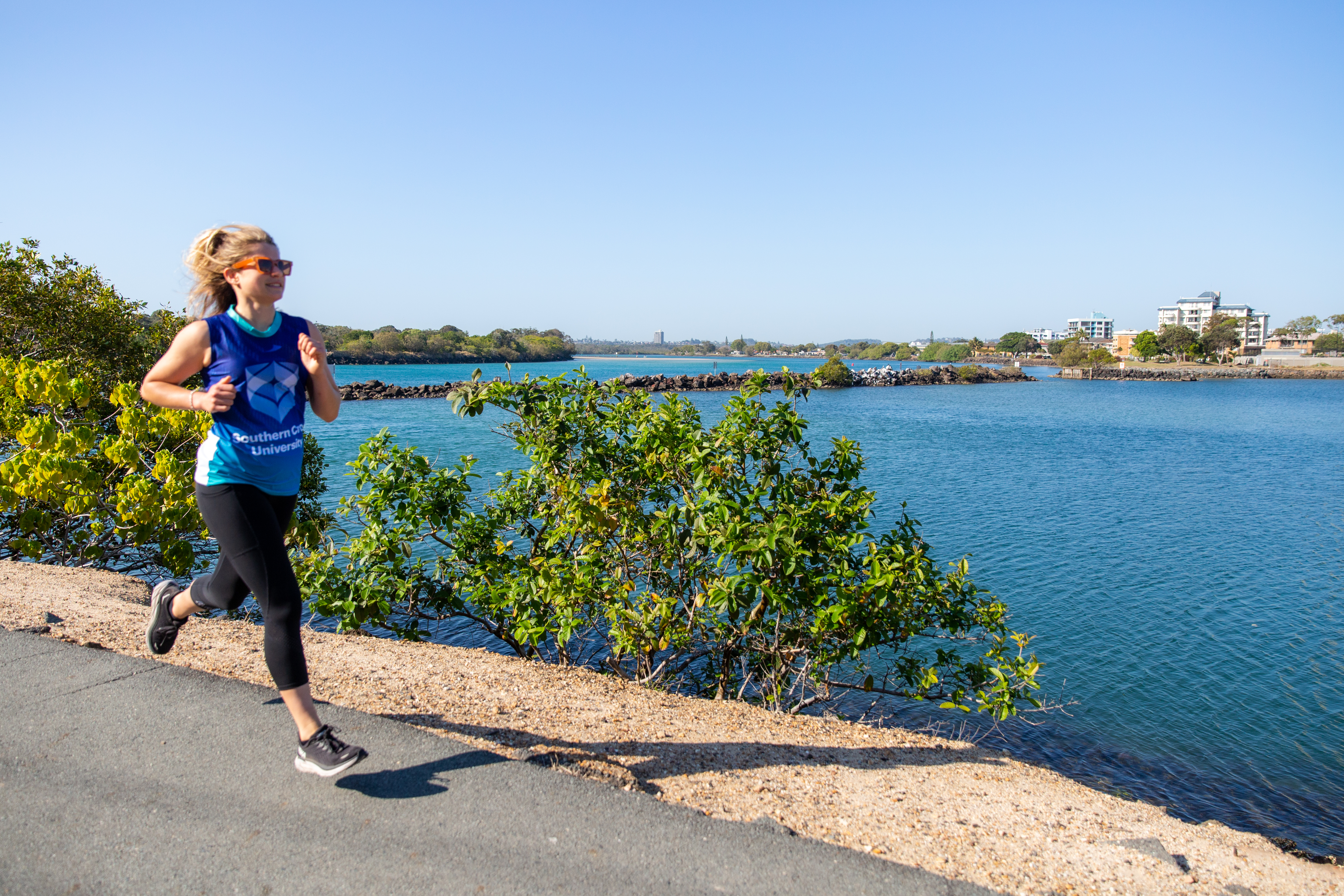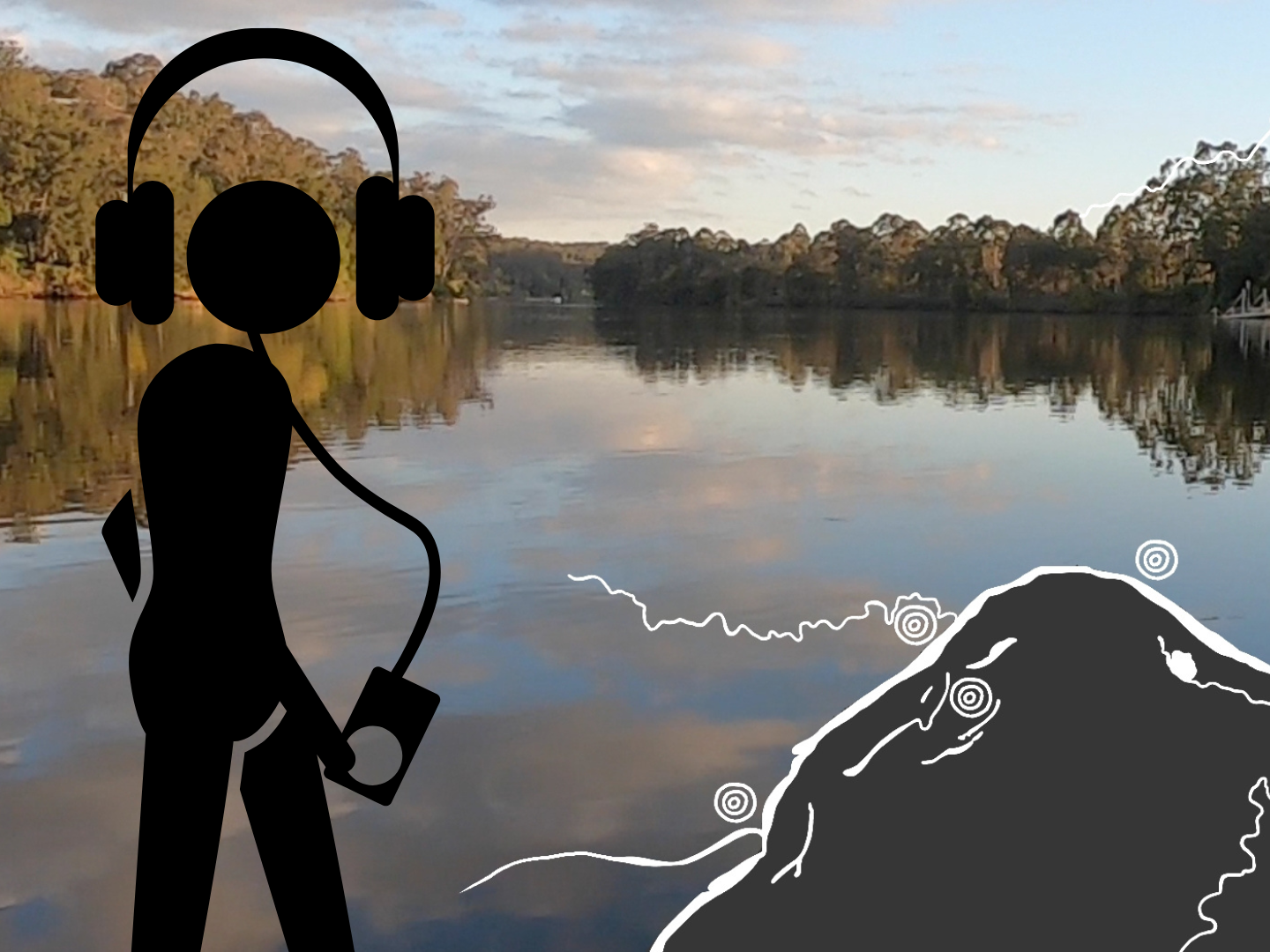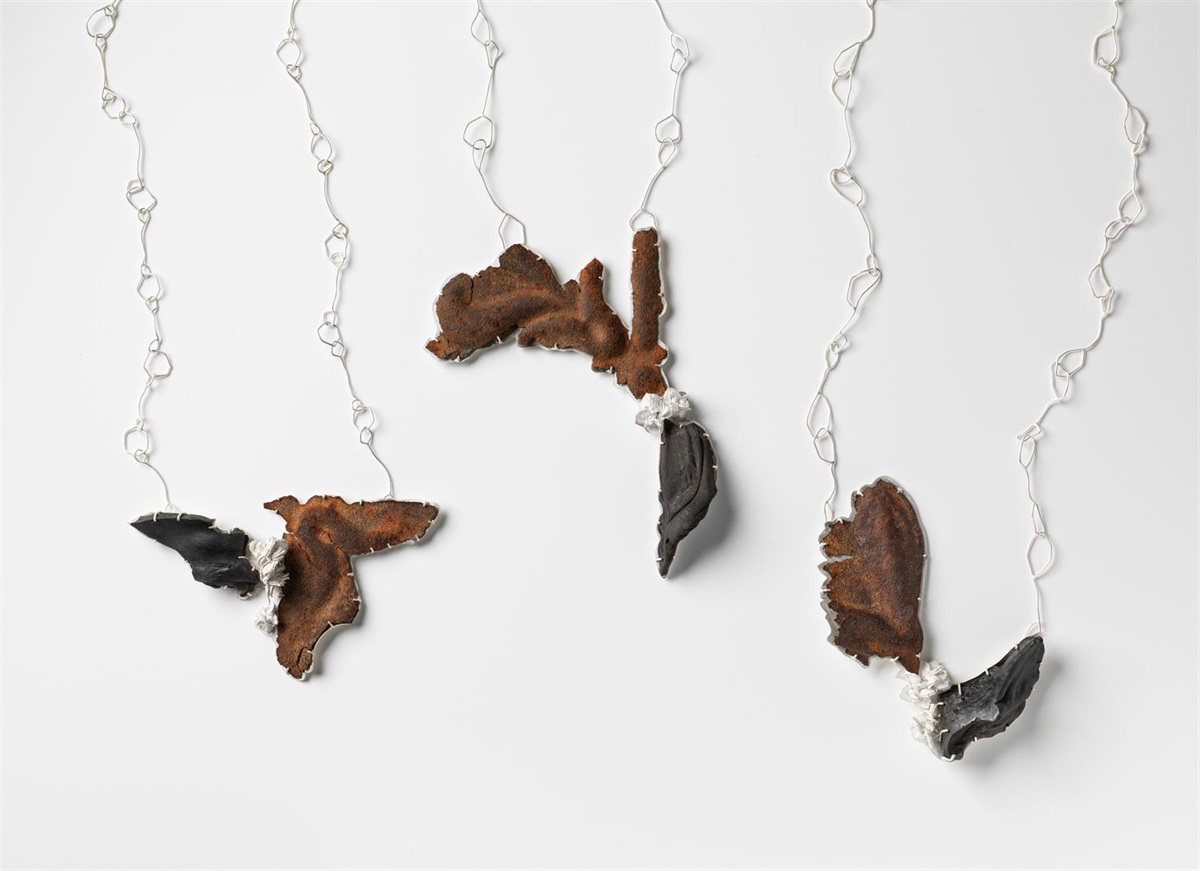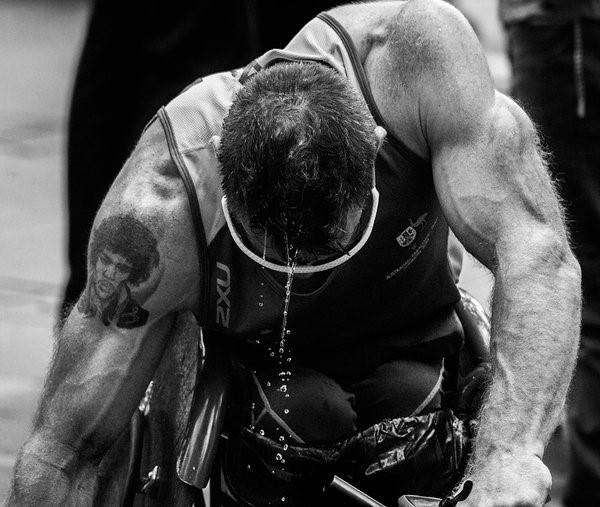
The changing landscape of Para sport through the eyes of Paralympian, Richard Nicholson
After competing at an elite level, and then turning his attention to working in disability sport, Richard Nicholson now works at Sport Integrity Australia as a Partnership Manager working directly with National Sporting Organisations to help mitigate integrity threats in their sport.
Here he shares his experiences at how disability sport has evolved in Australia through his eyes as both an athlete and working in sports administration.
An exert of this story appears in the June 2023 issue of Sport Integrity Matters with elements of this story first published in The Conversation in 2016. The author has updated his story to continue his sporting journey.
I lost the use of my legs at age four through illness. There are family photos of me walking around as a toddler, but it was so long ago I can’t remember it now. So perhaps it is like the old saying that “you can’t miss what you never had”.
Growing up I was lucky that I never felt any jealousy or resentment of my able-bodied friends, but I did often feel very frustrated. Deep down I knew it wasn’t my fault I couldn’t walk or run, so I think I just accepted that fact and got on with my life.
I suppose at an early age I learnt two simple rules. One is that life’s not always easy. And the second, in the words of some great 20th century philosophers – The Rolling Stones – “you can’t always get what you want, but if you try sometimes, you just might find, you get what you need”. I feel this has been very true for me.
Always a very active child, I would give everything a go, often against the requests and sometimes pleas of my parents and teachers. Sometimes I would fail, we all do. However, I’m sure by simply having a go I quickly earned the respect of my peers and have never been short of friends.
At age seven, my parents bought me a skateboard which I rode on my knees. For years I wore the prints off my fingertips, following my friends around the Canberra suburbs on that skateboard. I loved my skateboard; it gave me independence. Skinned knees and elbows taught me valuable lessons: if you have a buster, you pick yourself up, dust yourself off and go again.
Sporting Origins
My sporting journey began in 1982 at age 12 in archery. Less than a year later, I began training and competing in mainstream gymnastics thanks to the encouragement of my school PE teacher. I was competing against able-bodied athletes, and I was forced to land on my knees. As this constitutes a “fall”, my routines were always marked down accordingly.
The better I became on the apparatus the less competitive I became overall, as the penalty for landing on my knees was far too much to give away. So my gymnastics career finished at age 18 but through gymnastics I developed some physical and psychological attributes that laid the foundations for an elite sporting career.
I took my first overseas holiday with two friends to the west coast of the United States, where we stopped in Hawaii for a few days R and R on the way home and I met Bruce.
Bruce owned the ‘Never Ending Pub Crawl’ in Waikiki. Turns out he made some money Arm-wrestling in the US and took one look at my physique, big shoulders, arms and skinny legs and said “sit down I’m going to make you a champion!”.
I spent the rest of the night drinking with Bruce for free while he taught me the tricks of competitive arm wrestling and encouraged me to go home do ‘monster arm curls everyday’ and come back in six months.
Unfortunately, I didn’t make it back to Waikiki, but it did re-ignite a spark in me to get involved in sport again. On my return I contacted the ACT Disability Sport Association and literally picked a sport off a whiteboard – Powerlifting. My first disability-specific sport.
I had never lifted a free weight bench press before, but in under two years I was benching 150kg, over two and half times my bodyweight and was the national champion in my weight class. My Paralympic journey was about to begin.
Paralympic journey
My first Paralympic games was in Atlanta in 1996 at the age of 26. I had some previous international competition experience in New Zealand, Noumea, Netherlands, and Belgium national championships. But the Paralympics is another level altogether.
While driving into the Olympic/Paralympic village for the first time, my excitement quickly turned to dismay. There were workman everywhere literally dismantling large parts of the village; all the “good parts”, as it were.
The 1996 Olympic Games were largely funded through commercial sponsors and many of these withdrew their support for the Paralympics.
Having just watched the Atlanta Olympic Games on TV I felt the Paralympic Games were now seen as more of an obligation, something that had to be delivered, rather than a celebration of sporting excellence and human triumph.
Physically I was well prepared for Atlanta but psychologically I was not in the elite athlete “ballpark” and did not place. Luckily, I have found disappointing results to be highly motivating so returned home to get ready for our home games in Sydney.
The luxury of being an athlete and having a home Games is something I feel very privileged to have experienced. Thinking about marching into the Olympic Stadium with my fellow team members with Midnight Oil blaring from the speakers and 110,000-strong crowd cheering us on still gives me goose bumps.
An unexpected highlight came while I was walking through Olympic Park on my way to watch some athletics when a small boy holding his mum’s hand and pointing at me with the other said “I wonder what sport that man plays”.
This remains one of my most memorable moments from those Games, as for the previous 26 years inquisitive young minds would generally say “what’s wrong with that man Mummy” or “why does he have those” (pointing to my crutches). This very young man changed my understanding of sport for people with disability and my role within it.
No longer was my involvement in sport simply about results and challenging myself but my role was also to promote sport as a vehicle for greater social inclusion and understanding disability.
I realised sport can change the perception of the community about people with a disability and, more importantly, how people with a disability think and feel about themselves. I have been lucky to be part of the Paralympic movement for more than 20 years and seen not only the games evolve in size and prestige, but more importantly the attitude and acceptance of the athletes change over that time.
The Paralympics Evolve
Sydney’s successful delivery of the Olympic and Paralympic Games created a blueprint that has essentially been moulded to fit each new host city and culture.
The increase in media coverage at the Sydney Paralympics saw an almost meteoric rise in profile of Australia’s Paralympic athletes during and after 2000.
Athletes’ results and stories were featured in Australia’s leading newspapers and the Australian public seemed to embrace the athletes and the stories behind their results.
The 2004 Athens Paralympics was a great experience hosted in the spiritual home of the Olympic Games. By the 2008 Beijing Paralympic Games the funding and services provided to the Paralympic athletes via the Australian Sports Commission, Australian Institute of Sport and the State Institute and Academy network had significantly increased. This facilitated Australia’s best Paralympic athletes to not only train alongside our able-bodied peers but receive funding to help with other costs.
Outside of opening and closing ceremonies, the Beijing Paralympics was the first time I had experienced a full stadium for competition. The “Bird’s Nest” stadium was at near capacity of 80,000 almost every session, morning and night, for the entirety of the Games.
The Australian television coverage of the Beijing Paralympics was hosted by the ABC, which dedicated an entire channel to covering ten hours a day. The unprecedented crowds at all venues during the Beijing Games demonstrated that the Paralympic movement was still on a steady ascent in terms of its acceptance, popularity and value.
The London Paralympics in 2012 provided me with numerous highlights and firsts. On the bus from Heathrow to the Paralympic village for the first time, I noticed Paralympic athletes’ photos adorning large billboards, the entire side of a building, and on the back of buses or taxis. This level of promotion had not occurred in any host city I had previously been too.
Like Beijing, the venues and sessions across the Paralympic program were a near sell out. Inside the 80,000 main stadium athletics fans were lapping up the some of the most extraordinary athletic performances to date.
There was one night while I was spectating when something happened in the stadium that changed my perception of the Paralympics. In that moment I knew that the Paralympics had arrived.
It was the final of the T44 100m, a race for athletes with a below knee amputation. On the start line was the now infamous Oscar Pistorius from South Africa lining up against Jonnie Peacock from Great Britain among the rest of the field.
The 80,000 strong crowd started chanting “Peacock… Peacock… Peacock”. It was akin to David Beckham taking a penalty for England in a World Cup match. I had no idea who Jonnie Peacock was. I knew he had not run at this level before, but 80,000 others in stadium knew who he was.
The sound was so loud that Peacock himself had to shush the crowd for the start. The atmosphere in the stadium was tangible. The silence before the gun, the eruption of the crowd after the gun, this was a crowd captivated by competition. Forgotten were the disabilities and carbon prosthesis, this was elite level sport, athlete vs. athlete, country vs. country and the bragging rights that go with it.
I can take considerable pride that I have played a small part to help build the reputation of the games, the professionalism of the athletes and feel the legacy is in great hands with our current Australian team members.

